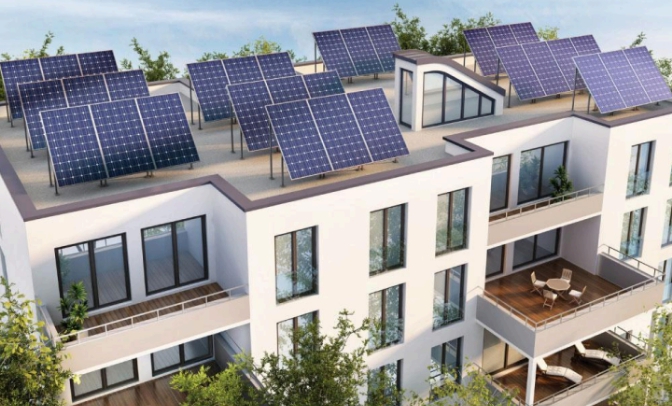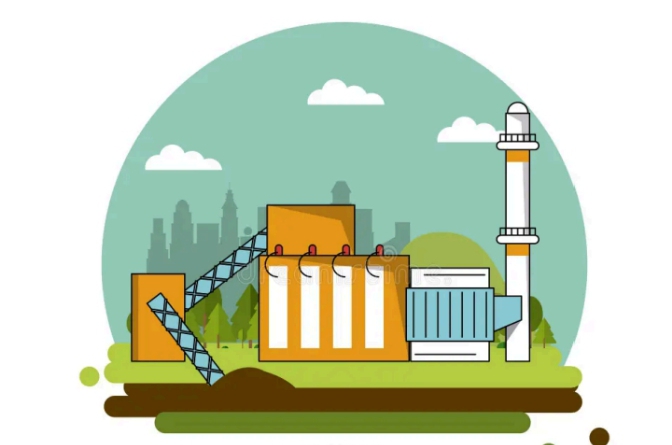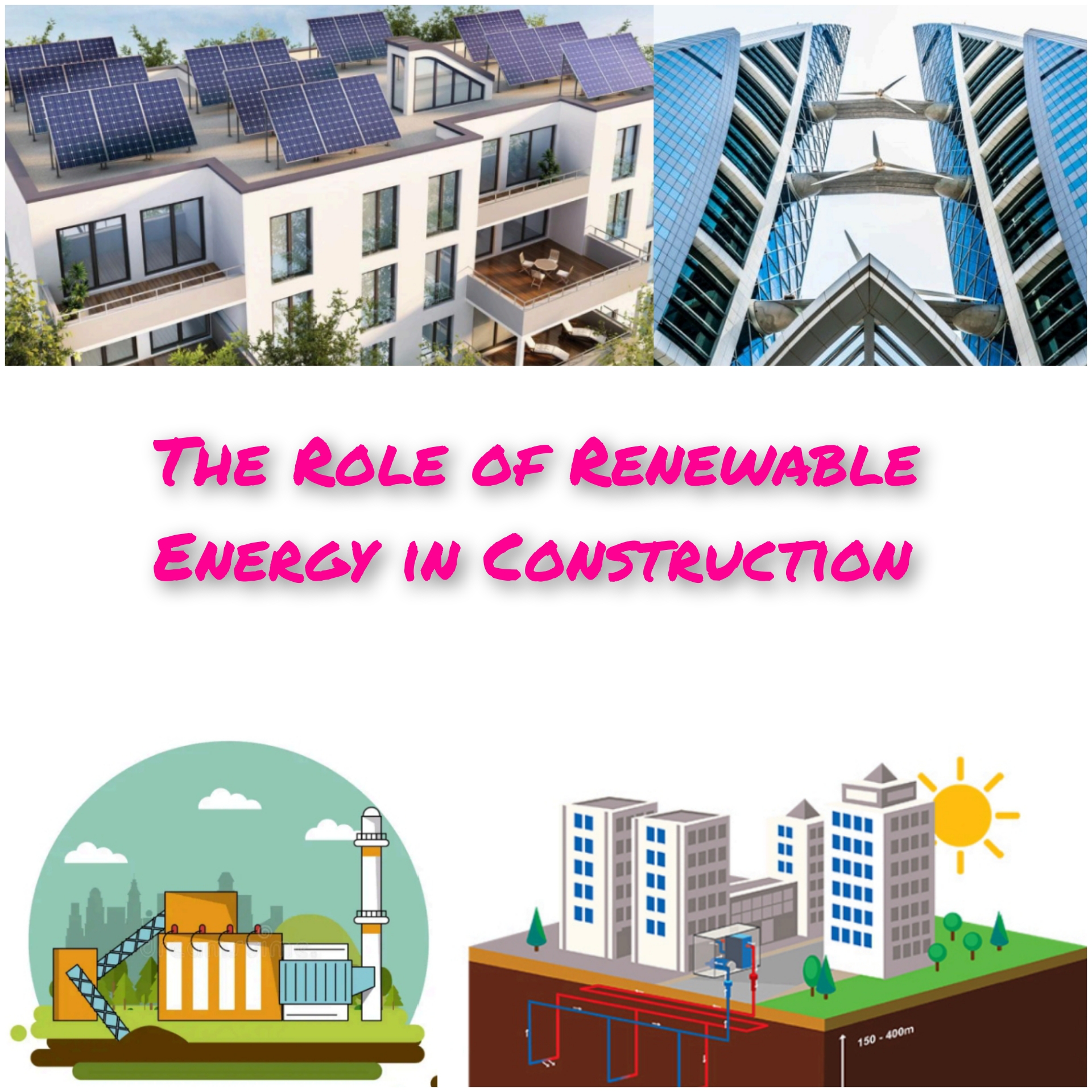Table of Contents
Introduction
The construction sector is one of the biggest contributors to climate change, pollution, and energy crises, demanding a rapid transition to more sustainable construction practices.
According to research conducted by Chen et al. (2022a), the construction sector consumes 36% of global energy.
Conventional structures rely largely on non-renewable energy sources such as coal, oil, and natural gas, and excessive energy consumption leads to depletion and pollution.
Environmental instability, such as the greenhouse effect and energy-induced extreme weather, has sparked global concern about green, low-carbon, sustainable, and other renewable energy sources.
As a result, the use of renewable energy in buildings has emerged as a major driver of the energy transition in conventional buildings, as well as an important component of urban
planning and development initiatives to reduce the building sector contribution to climate change and energy use.
Renewable Energy in Building Sustainability
Renewable energy in buildings involves incorporating sustainable energy sources like solar, wind, geothermal, and biomass throughout the building’s entire lifecycle, including design, construction, operation, and maintenance.
This integration aims to lessen reliance on fossil fuels and conventional energy sources, thereby fostering environmental sustainability and addressing climate change concerns.
As the demand for environmentally conscious construction grows, understanding the benefits
and limitations of these renewable energy options becomes essential.
Let’s delve into the characteristics and implications of solar, wind, geothermal, and biomass energy in the context of building sustainability.
1. Solar Energy

- Captures solar radiation through photovoltaic systems.
- Offers limitless supply and eco-friendly attributes.
- Reduces operating costs and promotes energy independence.
- Challenges include high maintenance costs and integration difficulties.
- Can be integrated into building structures to maximize energy utilisation.
- Enhances occupant comfort and indoor environmental quality.
- Improves energy efficiency and diminishes energy demand.
2. Wind Energy

- Harnesses wind kinetic energy via wind turbines.
- Contributes to emission reductions and renewable energy utilisation.
- Enhances natural ventilation and reduces reliance on air conditioning.
- Faces challenges such as high upfront costs, intermittent generation, and dependence on natural wind speeds.
- Requires careful consideration of wind turbine placement and surrounding environment for optimal efficiency.
- Can provide significant portions of a building’s energy needs, depending on wind availability and turbine capacity.
- Noise concerns and visual impact are factors that need to be addressed in urban settings where wind turbines are installed.
3. Geothermal Energy

- Derived from the Earth’s internal heat through various geological processes.
- Provides a non-intermittent renewable energy source, independent of climate or time of day.
- Mainly utilized for heat production and cooling in buildings.
- Offers potential for integration with other energy systems, enhancing industrial competitiveness and job creation.
- Geothermal systems categorized based on depth: shallow, intermediate, and deep.
- Improves energy efficiency while reducing energy costs and greenhouse gas emissions compared to conventional heating and cooling systems.
- Operates quietly without the noise of traditional HVAC systems, enhancing building comfort and health.
4. Biomass Energy

- Derived from organic materials such as wood, agroforestry residues, and various organic waste materials.
- Primarily used for energy production through combustion, anaerobic digestion, and direct combustion techniques.
- Contributes to climate and energy strategy by curbing non-renewable energy consumption and reducing carbon dioxide emissions.
- Offers low-carbon footprint and high heating efficiency, especially when using biomass boilers
- Biomass materials can be used as construction materials, providing an environmentally friendly alternative to traditional building components.
- Challenges include resource competition, material durability, and supply reliability, necessitating sustainable extraction practices and material treatments.
Technological Innovation and Cost Reduction
Continuous technological progress drives the application of renewable energy in the construction industry. As technology evolves, so do renewable energy technologies.
Despite significant advancements, the industry still needs to reduce costs and enhance efficiency to meet construction demands effectively. Cost has always hindered the widespread application of renewable energy.
To achieve large-scale integration into buildings, strategies must focus on reducing production, installation, and maintenance expenses. Emerging technologies like solar thin films and wind energy storage require ongoing efforts to lower research and manufacturing costs.
Conclusion
In conclusion, renewable energy stands as a promising solution for mitigating the environmental impact of the construction industry. By integrating sustainable sources like solar, wind, geothermal, and biomass into building practices, we can reduce reliance on fossil fuels and address climate change concerns.
However, challenges such as high costs and integration difficulties persist, necessitating ongoing efforts in technological innovation and cost reduction. Despite these challenges, the transition to renewable energy holds immense potential for fostering environmental sustainability and promoting energy independence in the construction sector.

